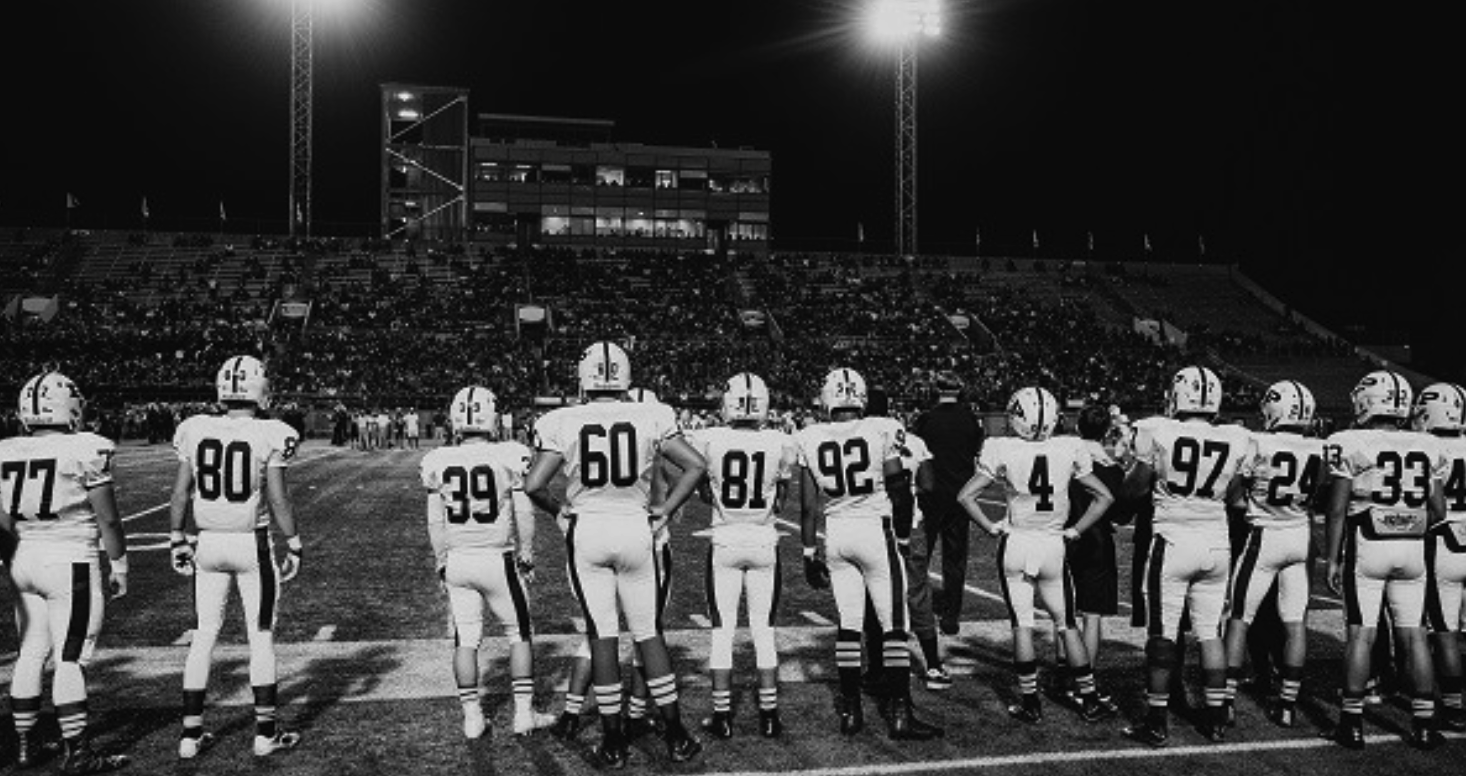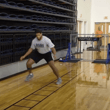High school athletic programs and its leaders play an important role in the culture of the community. You've heard of the towns that shut down on Friday night for football games...It didn't happen overnight, and didn't happen for no reason.
Not only do athletic programs have an incredible opportunity to lead young men and women on the field, but off it, in their community as well. Some coaches and athletic directors would even consider themselves as the public relations director between their program and the community.
There are communities across the United States where middle school students can't wait to have the opportunity to be part of their high school athletics program. So, how is that culture created? Here are some ideas...
1. Local Media - Build a Relationship
Have a strong connection with local newspaper beat writers, radio stations and television stations. They may not be able to attend every event, but you are still providing them with positive examples of young people in the community achieving success on and off the field.
Provide the local media with article ideas to feature athletes who exhibited exceptional sportsmanship and served as a leader for other teammates. Share stories about athletes who have overcome life hurdles and injuries in order to play the sport or to make the team. These are human interest stories that are sometimes very relatable.
2. Social Media - Have a Presence
Social media is a platform in which your school and individual sports programs can create awareness. You can post results, highlights, promote upcoming events and share athlete and program successes. You can also let people know when you are raising money for charitable events.
3. Elementary & Middle School's - Create Excitement Early
Many schools are ramping up their involvement with their local youngsters. Some athletic departments are even implementing a student-athlete leadership council that act as athletic ambassadors to visit classrooms in their district. They visit local schools and teach life skills to students through activities they plan, and ultimately foster important relationships with the youth in the community.
4. Volunteer Work - Give Back
How many hours a semester are your kids doing volunteer work? Some schools are encouraging their student athletes to average 15 to 20 hours per semester helping organizations and community members do things like:
- Host a 5K
- Leaf clean up for an elderly person in the community
- Serve dinner and play games at a shelter for homeless families
- Work at the Ronald McDonald House
6. Monthly Newsletters - Provide Key Topic Updates
A digital newsletter can be extremely useful to communicate with parents, members of the community and booster club members. This is a great platform to highlight an athlete of the month, important upcoming events and game schedules. Have some of your former athletes gone on to achieve successful athletic, collegiate or personal accomplishments? Keep your community updated on these!
8. Preseason Meetings - Set Expectations
What better way to set the tone and expectations of the season for parents than a preseason parents meeting? This meeting is a great opportunity to not only present necessary information about the program, but to do it in a positive and enthusiastic manner. Set the tone for the season, establish expectations and develop a good working-relationship with parents from day 1.
10. Website - Make Information Easily Accessible
Your website is an extension of your brand as a program. This is a platform to post stories and videos that local news stations and reporters have spent time on that involve positive events involving both the school and the athletic department. It is also a place to list the current coaching staff and rosters.
Final thoughts...
A school’s image and not only that of the athletic program may largely be dependent upon the effort or lack thereof from the guidance of coaches and athletic directors. The best part of promoting positive, non-game related aspects of a program and gaining public recognition is that it allows others to acknowledge that a program is an education-based athletic experience and not just winning games.





















